Terbium: Element Properties And Uses
Introduction
Terbium is a rare earth element valued for its luminescent properties, making it essential in green phosphors for LED lights and display screens. It also plays a key role in solid-state devices, fuel cells, and as a dopant in materials for laser technology.
Terbium is one of the rare earth elements that hold significant importance in the modern industrial landscape. Found in small quantities in various minerals, terbium is recognised for its distinct characteristics and multifaceted applications. As a member of the lanthanide series, this element exhibits unique behaviour that sets it apart from many other metals.
Chemical Properties Description
In its pure form, terbium is a silvery-white metal that slowly oxidises when exposed to air. It typically forms stable compounds, most notably terbium oxide, which has significant applications in green phosphor production. The chemical behaviour of terbium is largely defined by its ability to form trivalent ions during chemical reactions, a property that is extensively used in the synthesis of various compounds.
Physical Properties Data Table
|
Property |
Value |
Units |
|
Atomic Number |
65 |
- |
|
Atomic Weight |
158.92535 |
g/mol |
|
Density |
8.23 |
g/cm³ |
|
Melting Point |
1356 |
°C |
|
Boiling Point |
3230 |
°C |
For more information, please check Stanford Advanced Materials (SAM).
Common Uses
One primary application is in the manufacturing of green phosphors, which are essential for fluorescent lamps and LED displays. These phosphors provide a vibrant and stable green light that enhances the efficiency and quality of various lighting systems. In addition, terbium’s luminescent properties make it a key component in display technology, where colour precision and energy efficiency are critical.
Apart from lighting, terbium is also used in the production of high-performance magnets. These magnets are critical in various electronic devices, including hard drives, sensors, and motors. The use of terbium in these products improves magnetic performance and durability, which are essential for the reliability of modern electronics.
Preparation Methods
The preparation methods for terbium are vital for ensuring the quality and purity of the final product. Terbium is primarily obtained from minerals such as monazite and bastnäsite, which are rich sources of rare earth elements. The extraction process involves several steps, including the separation of terbium from other rare earth elements using solvent extraction, precipitation, and ion exchange techniques. These methods have been refined over the years, increasing both the efficiency and environmental sustainability of terbium production.
Frequently Asked Questions
What is terbium?
Terbium is a rare earth element known for its unique chemical and physical properties, which are critical in various industrial applications.
How is terbium extracted?
It is extracted from minerals such as monazite and bastnäsite using techniques like solvent extraction, precipitation, and ion exchange.
What are the primary uses of terbium?
It is mainly used in the production of green phosphors for lighting and high-performance magnets for electronic devices.
Why is terbium important for industrial products?
Its stable chemical behaviour and distinctive luminescent properties contribute to improved energy efficiency and performance in modern technologies.
Can terbium be utilised in renewable energy applications?
Yes, terbium’s role in high-performance magnets and energy-efficient lighting makes it valuable in renewable energy systems and automotive industries.

 Bars
Bars
 Beads & Spheres
Beads & Spheres
 Bolts & Nuts
Bolts & Nuts
 Crucibles
Crucibles
 Discs
Discs
 Fibers & Fabrics
Fibers & Fabrics
 Films
Films
 Flake
Flake
 Foams
Foams
 Foil
Foil
 Granules
Granules
 Honeycombs
Honeycombs
 Ink
Ink
 Laminate
Laminate
 Lumps
Lumps
 Meshes
Meshes
 Metallised Film
Metallised Film
 Plate
Plate
 Powders
Powders
 Rod
Rod
 Sheets
Sheets
 Single Crystals
Single Crystals
 Sputtering Target
Sputtering Target
 Tubes
Tubes
 Washer
Washer
 Wires
Wires
 Converters & Calculators
Converters & Calculators
 Write for Us
Write for Us
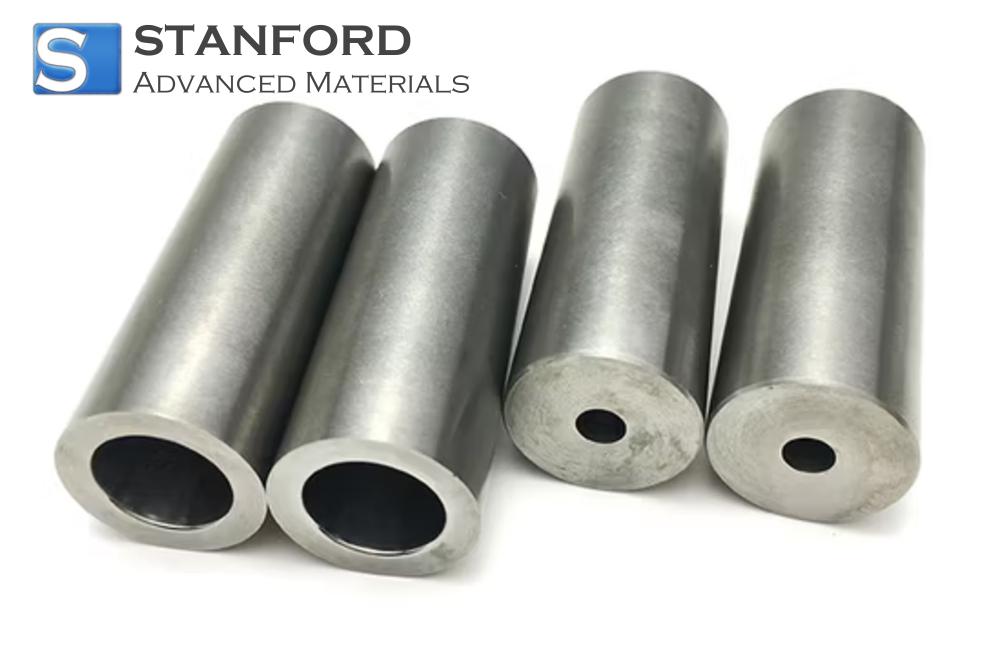
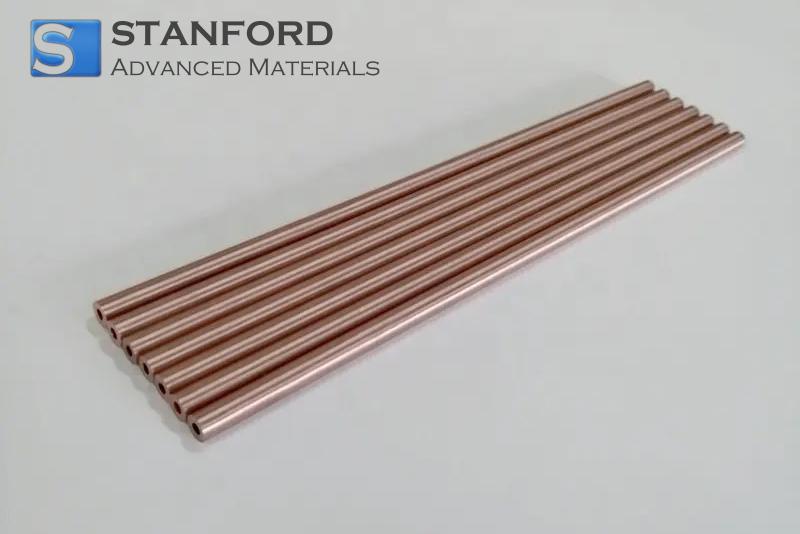
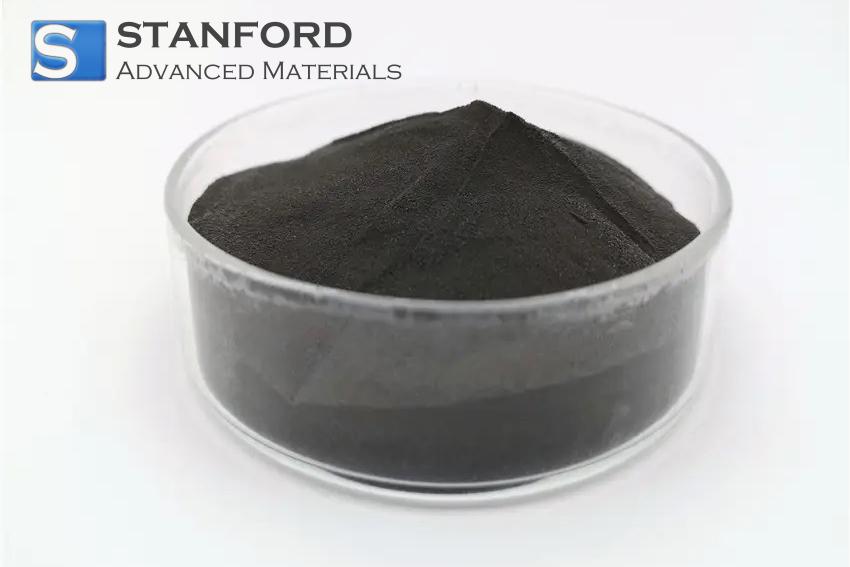
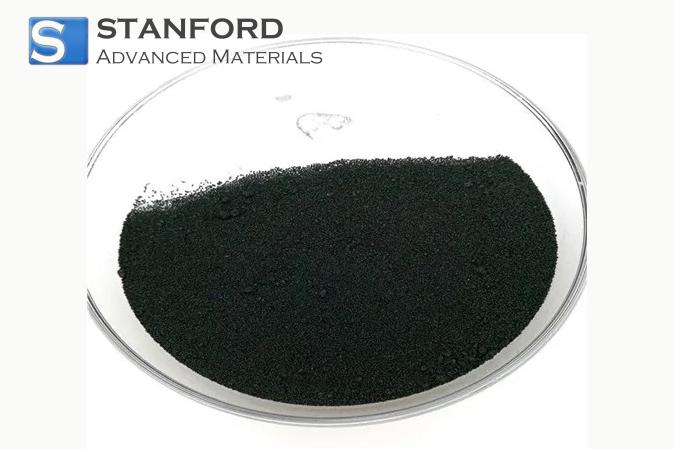
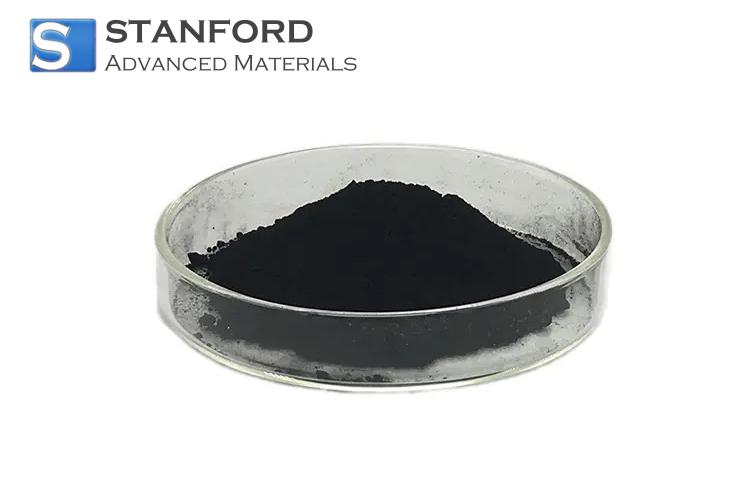
 Chin Trento
Chin Trento



